1. Governance
1.1. Policies
1.2. Metadata
1.3. People
1.3.1. Team & Skills
1.3.2. FTE Cost
1.3.3. Consultant Cost
1.4. Execution Model
1.5. Projects
2. Business
2.1. Business Function 1 (Sales)
2.1.1. Understanding function structure
2.1.2. Identifying top business priorities
2.1.3. Role 1
2.1.3.1. AS-IS Workshops
2.1.3.1.1. Objectives & Goals
2.1.3.1.2. Understand Business Plan, Priorities & Roadmaps
2.1.3.1.3. Current Pain Points & Impact
2.1.3.1.4. Understand Current List of Reports
2.1.3.1.5. Current Dashboards
2.1.3.1.6. Current Self BI Platform
2.1.3.1.7. Current Report Delivery Process
2.1.3.2. TO-BE Workshops
2.1.3.2.1. Objectives & Goals
2.1.3.2.2. Future Information Needs & Impact
2.1.3.2.3. Future BI Delivery Needs
2.1.3.2.4. KRA Needs
2.1.3.2.5. Analytics Needs
2.1.4. Role 3
2.1.5. Role 2
2.2. Business Function 2 (Marketing)...
2.3. Product Line 1
2.4. Product Line 2...
3. Technology
3.1. Understanding org structure
3.2. Top 10 technology priorities
3.3. Source System Analysis
3.3.1. Information Availability
3.3.2. Information Quality
3.3.3. Information Maturity
3.4. Architecture Understanding
3.4.1. Integration Architecture
3.4.2. Data Architecture
3.4.3. Analytics Architecture
3.4.4. Scalability Architecture
3.5. Current Tools & Tech Stack Understanding
3.6. Understand Querying Patterns
3.7. Current Risks
3.8. External Interfaces
4. Infrastructure
4.1. Server Needs
4.2. Security Needs
4.3. Storage Needs
4.4. Monitoring Needs
4.5. Backup & Recovery Needs
4.6. Data Store Needs
4.7. Auditing & Logging Needs
4.8. Operations
4.9. Maintenance Cost
5. Output
5.1. KRA Implementation Roadmap
5.1.1. Transition Plan
5.1.2. "Tactical" Recommendations
5.1.3. Change Inventory
5.1.3.1. Decommissions
5.1.3.2. Upgrades
5.1.3.3. Re-Develop
5.2. Business Benefit
5.3. Architecture Recommendation & BluePrint
5.3.1. ODS / Data Mart / DW Architecture BP
5.3.2. Reporting & Analytics Architecture BP
5.3.3. Integration Architecture BP
5.3.4. External Interfaces Architecture
5.3.5. MDM Architecture
5.4. Infra Recommendations
5.5. Optional Proof of Concept
5.6. Optional Business Case Formulation
5.6.1. CBA
6. Input
6.1. Scope
6.1.1. Business Functions
6.1.1.1. Business Roles
6.1.2. Business Lines
6.1.2.1. Business Roles
6.2. Approach
6.3. Plan
6.4. Week 1 Kickoff
6.5. Understanding Organization Structure
6.5.1. Business
6.5.2. Information

